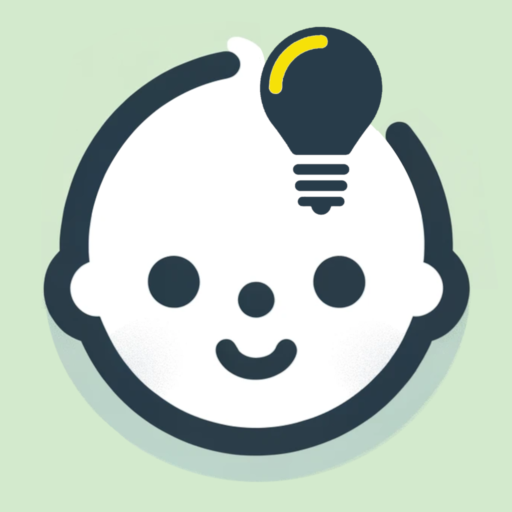As parents, we eagerly await our baby’s first words, the moment when they can finally express their thoughts and needs. But what if there was a way to start communicating even before they can speak? Baby sign language offers an incredible tool to bridge this gap, enabling babies to express themselves and reducing frustration for both parents and children.
What is Baby Sign Language?
Baby sign language involves teaching infants and toddlers simple hand gestures or signs that correspond to words and concepts. These signs are often derived from American Sign Language (ASL) but are simplified to suit the developmental stage of young children. Common signs include gestures for “milk”, “more”, “all done”, “eat”, and “sleep.”
When to Start
The ideal time to introduce baby sign language is around 6 to 8 months old. At this age, babies typically develop the motor skills needed to mimic simple hand movements and are starting to understand the association between words and their meanings. However, it’s never too late to start; toddlers can also benefit greatly from learning sign language.
When You Will See First Results
Consistency is key when teaching baby sign language. Most parents begin to see their baby using signs effectively around 8 to 10 months old. However, every child is different, and some may take longer. The initial signs might be approximate and may not look perfect, but with encouragement and repetition, babies become more proficient over time.

Benefits of Baby Sign Language
Enhanced Communication: One of the most significant benefits of baby sign language is that it allows babies to communicate their needs and desires before they can speak. This can drastically reduce frustration for both the child and the parents, as babies can express themselves more clearly.
Reduced Frustration and Tantrums: Babies who can sign are often less frustrated because they can convey what they want or need. This can lead to fewer tantrums and a more harmonious household.
Accelerated Language Development: Contrary to the fear that sign language might delay speech, research indicates that it can actually accelerate verbal language development. Babies who use signs often start speaking earlier and have larger vocabularies.
Strengthened Parent-Child Bond: Teaching and using signs with your baby involves a lot of face-to-face interaction and quality time, which strengthens the bond between you and your child. This shared experience fosters a deeper connection and understanding.
Cognitive Benefits: Learning sign language stimulates brain development. It enhances memory, attention span, and cognitive skills. Babies learn to associate signs with words and concepts, which helps in overall cognitive growth.
Increased Confidence: As babies successfully use signs to communicate, they gain confidence in their ability to express themselves. This early success with communication can boost their self-esteem and encourage them to continue exploring language.
How to Get Started
- Start with Basic Signs: Begin with a few basic signs related to everyday needs, such as “milk,” “eat,” “more,” and “all done.”
- Consistent Use: Use the signs consistently whenever you use the corresponding words. For example, sign “milk” every time you say the word or offer a bottle.
- Repetition and Patience: Babies learn through repetition. Be patient and repeat the signs often.
- Encourage Imitation: Encourage your baby to imitate the signs. Clap and cheer when they try to use a sign, even if it’s not perfect.
- Incorporate into Daily Routine: Make signing a natural part of your daily routine. Use signs during mealtime, playtime, and bedtime.
Baby sign language is a powerful tool that can greatly enhance communication with your little one, leading to a happier and more harmonious relationship. Starting early, being consistent, and celebrating your baby’s efforts can pave the way for smoother interactions and a deeper bond. Embrace this opportunity to connect with your baby and support their development in a meaningful way.

Leave a Reply